The Learning for Justice grants program is currently being reimagined. While we are not accepting applications for grants at this time, we believe this model illustrates a replicable exploration of disability rights that centers the voices of people with disabilities.
Background
Our grantee’s Maine school partnered with a local land trust to learn about maintaining ADA-compliant hiking trails. To deepen their understanding of the significance of accessibility, students first reflected on the experiences of people with disabilities. The class anchored their discussions by reading newspaper articles, short stories and novels about people with disabilities.
Grantee: Kelley McDaniel
Level: School
Grade Level: Middle and High School
Location: Acton, Maine
Goals
- Students will read articles and discuss the Americans with Disabilities Act (what it is, what it covers, how it became law and how it changed life for Americans with disabilities).
- Students will read and discuss at least one complete novel and various local news articles about living with a disability.
- Students will discuss and reflect on the representation of people with disabilities.
Measures
- Student writing
- Discussion notes
- Written reflections
Grantee Reflection
“We have only started to learn about the ADA and the disability experience, and we will continue to do so. Students have developed a keener awareness of how characters with disabilities are portrayed in stories, especially when the disability experience resonated for them personally. Our students could often identify with characters with addiction, PTSD and other mental health issues.”
Procedure
Interested? Here’s how you can do this project in your own school:
What You’ll Need
- A variety of fiction and nonfiction books about the ADA and living with disabilities.
- A variety of news articles—especially local news—about the ADA and living with disabilities.
Steps
- Build background knowledge about the ADA and ability. Use brainstorming graphic organizers like K-W-L, trees, webs and mind maps to define and organize what students know (or think they know) about the ADA and ability. You may choose to use Schneider Family Book Award winners to build a diverse library of books about disability, ableism and the ADA.
- Employ creativity to help students choose books to read. For example, you may host a “story tasting” where books are displayed in the style of a gallery and students are invited to browse while sipping sparkling cider in fancy glasses. Exit tickets can be used for students to indicate their 1st, 2nd and 3rd choices or to reserve a book.
- Build background knowledge about the disability/disabilities represented in the readings. Initiate a discussion about the myths and misconceptions about disabilities. To do this, you may ask students to make cards with the word “true” on one side and “false” on the other. Then list 5–7 true and false statements about a specific disability and as you read aloud each statement, ask students to hold up “true” or “false” for each one. Be sure to have authoritative sources to debunk the myths.
- Facilitate literature discussions. You may use the questions below as a guide. (The criteria for the Schneider Family Book Award website offer more information.)
- Does the book portray an emotional, mental or physical disability as part of a multi-faceted and full life, or something to be pitied or a challenge to be overcome?
- Compare and contrast the facts about a disability with the representation of that disability in a story.
- Discuss stereotypes and tropes of characters with disabilities. Use TV and movie clips.
- Incorporate informational news stories and videos, field experiences, visiting experts and hands-on activities to enrich and deepen understanding. Here is one place to start:

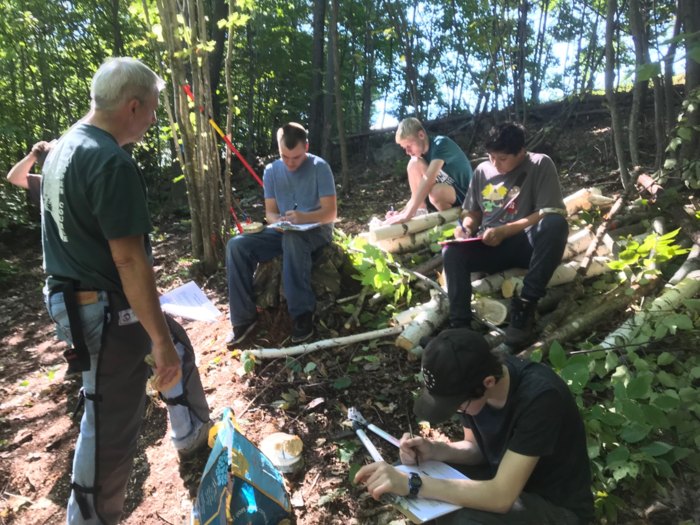
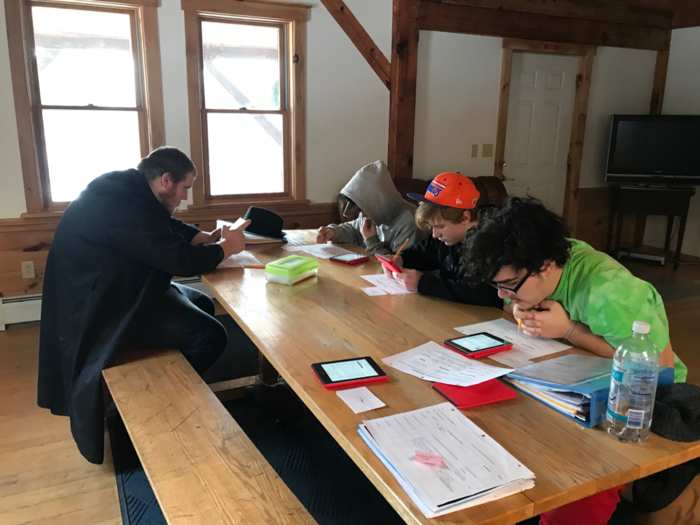
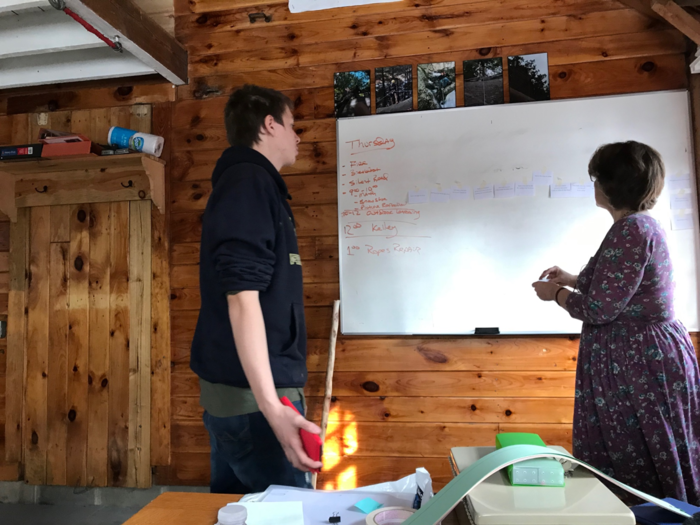
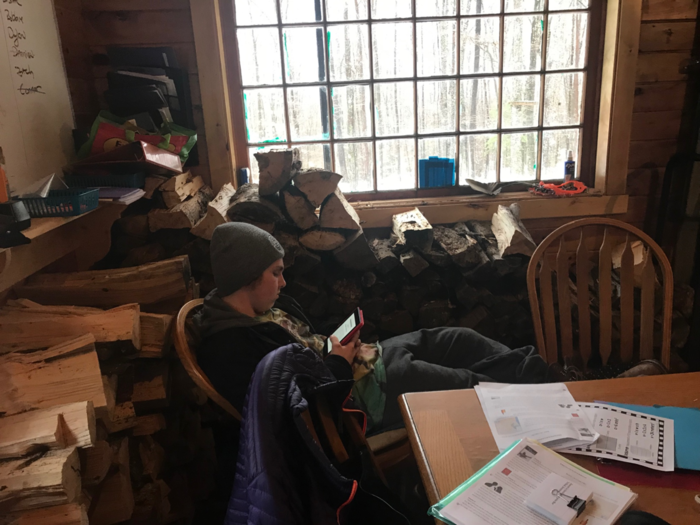
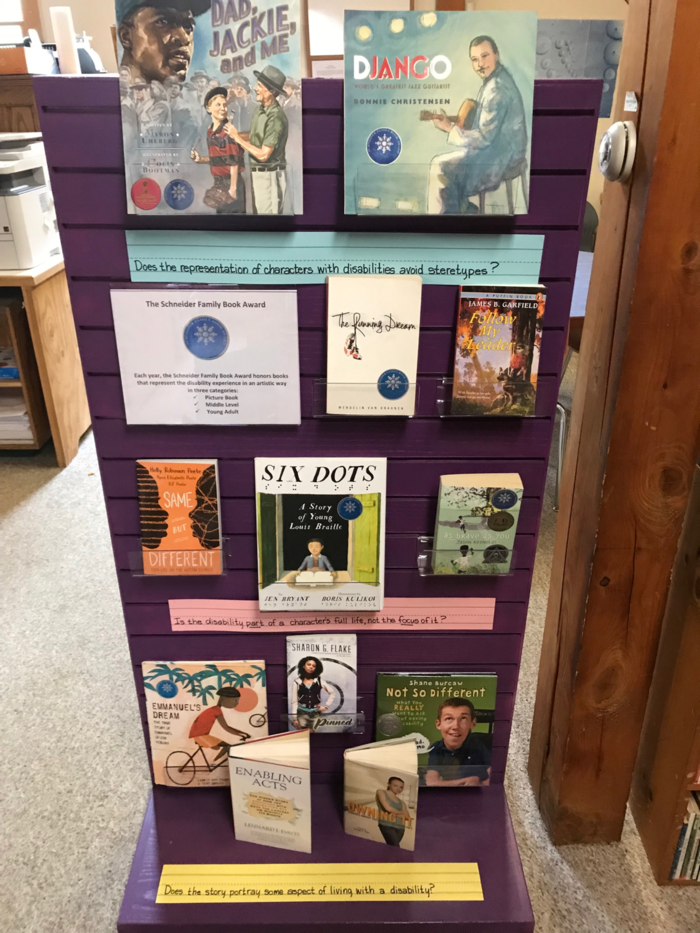

2 COMMENTS